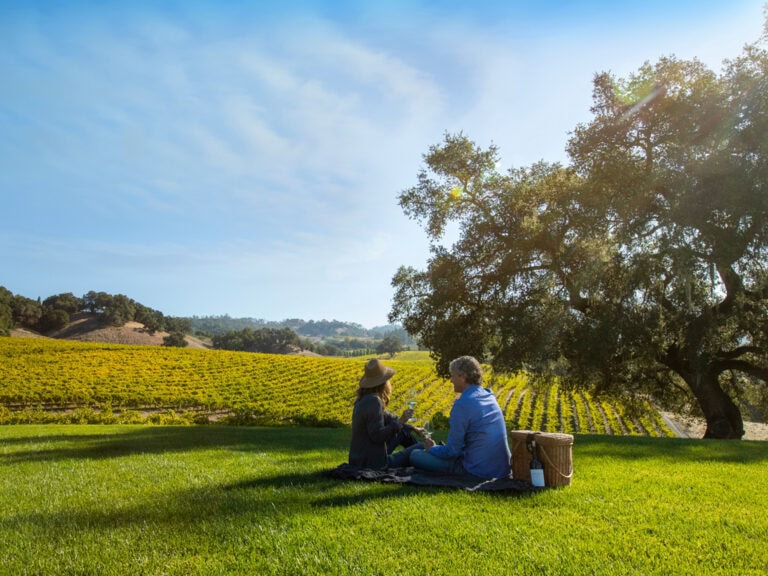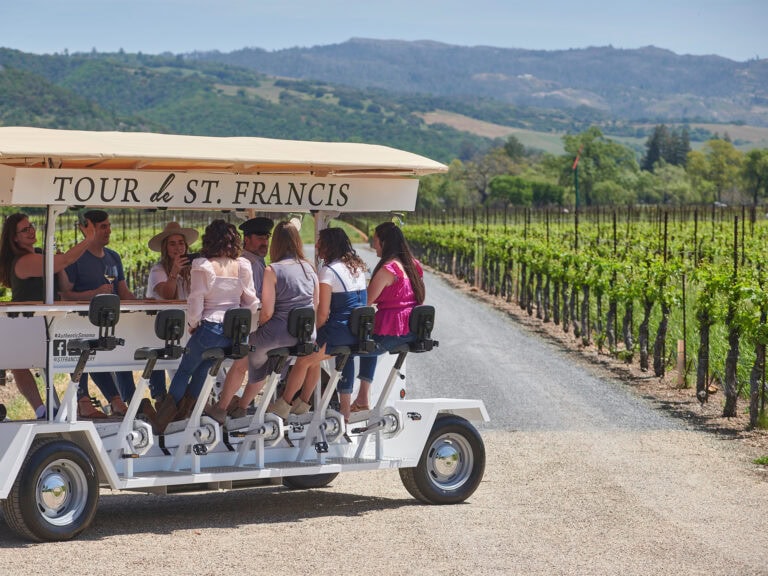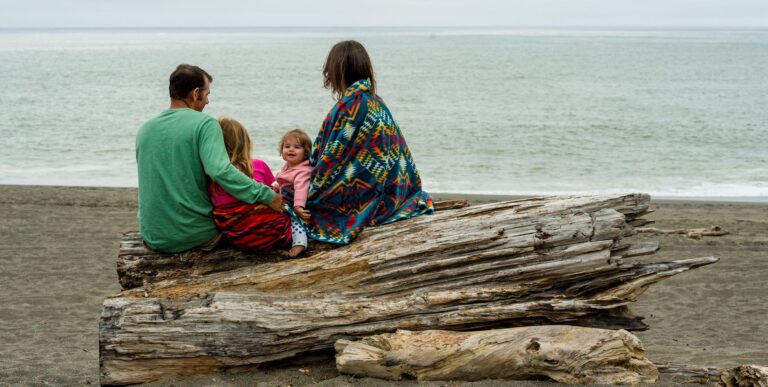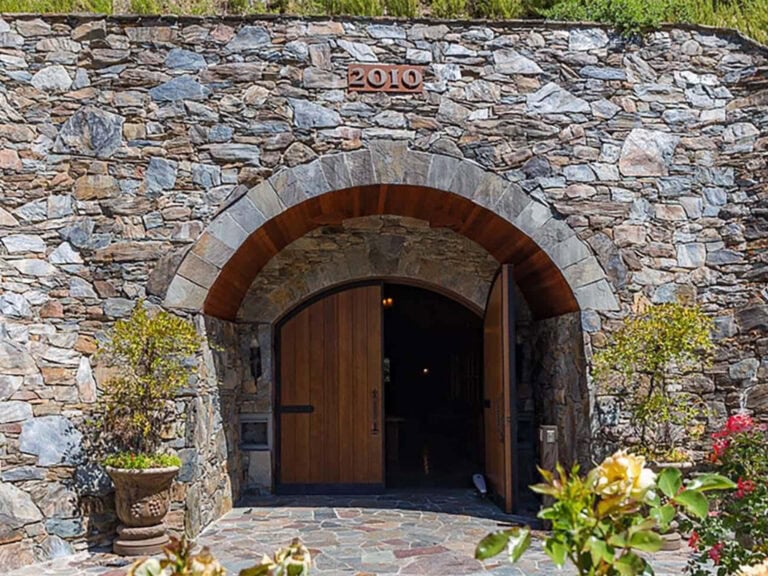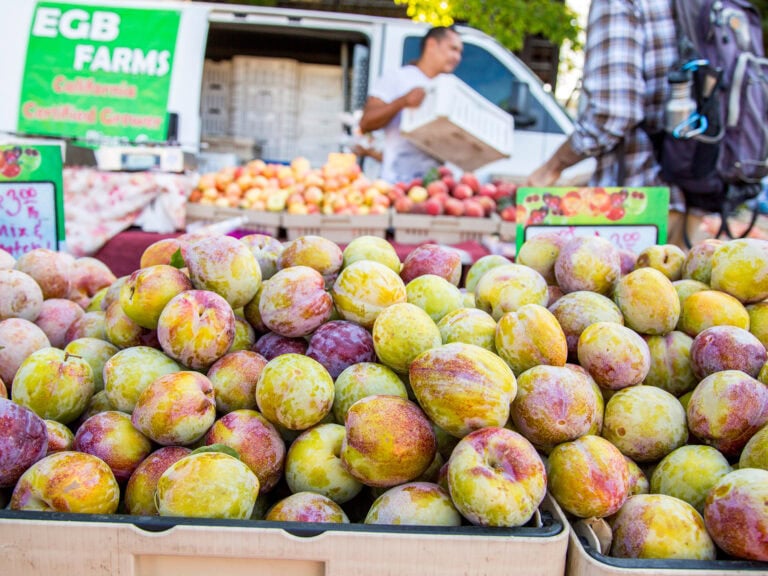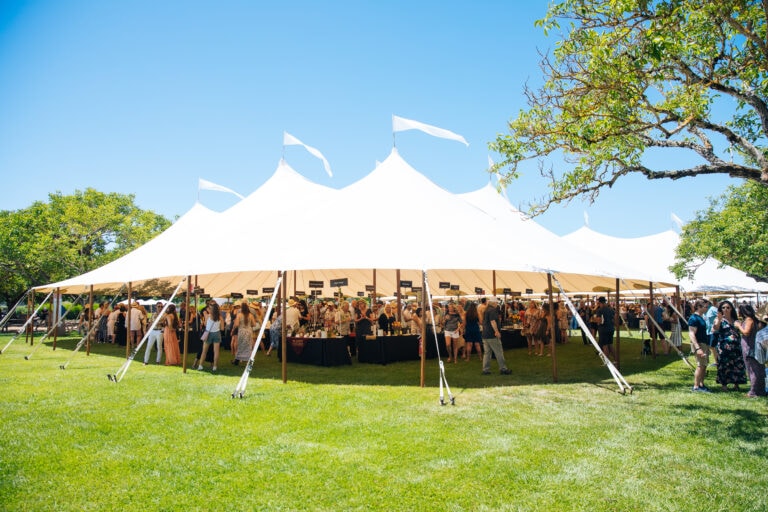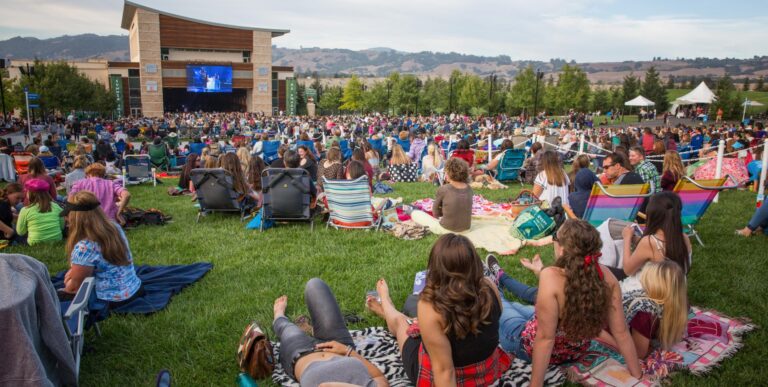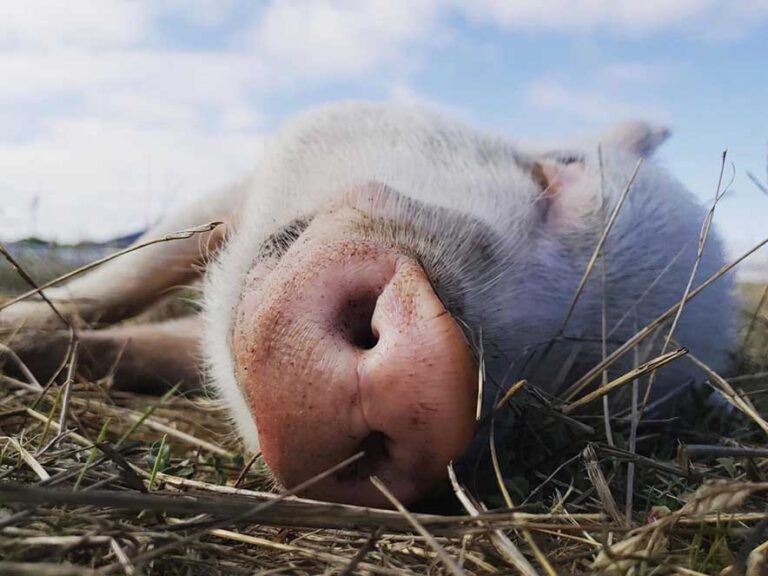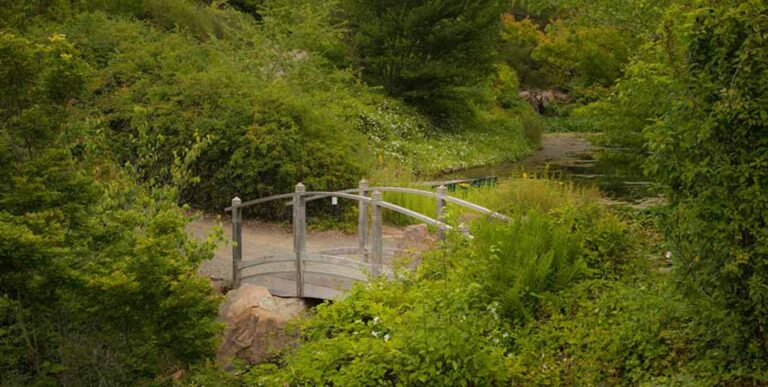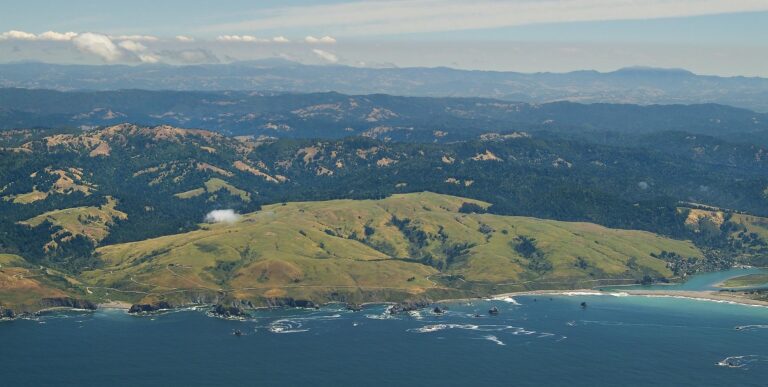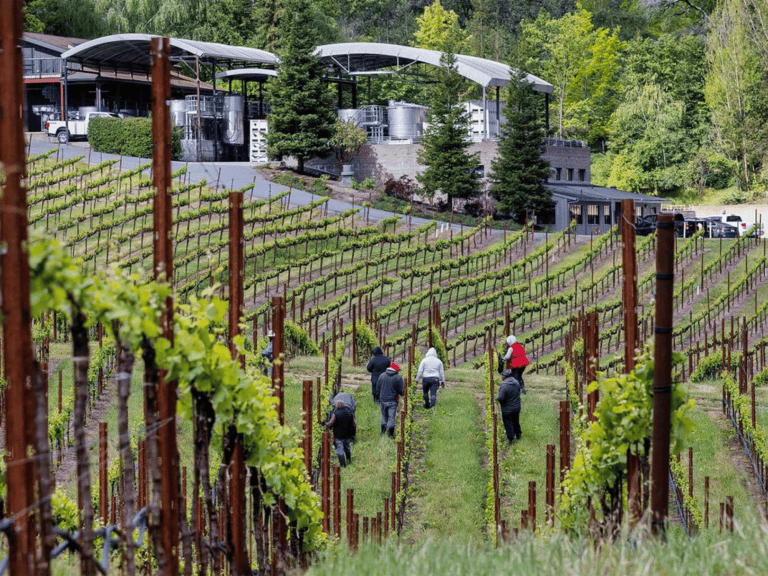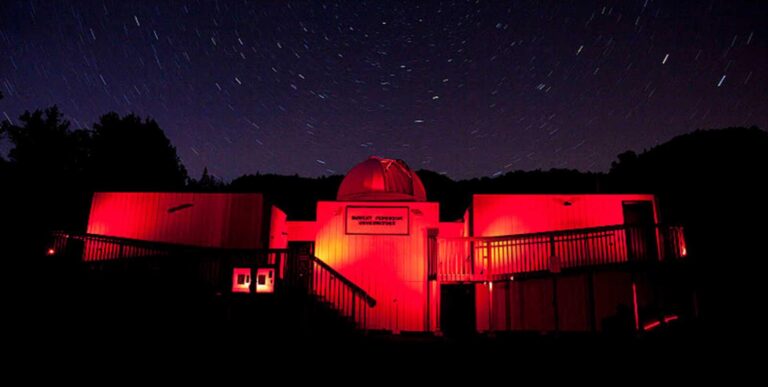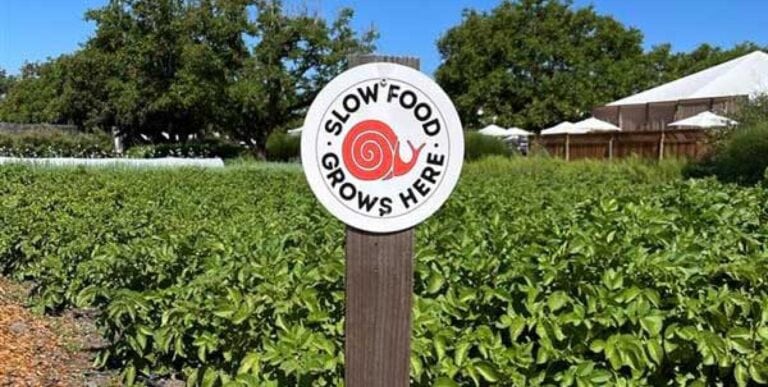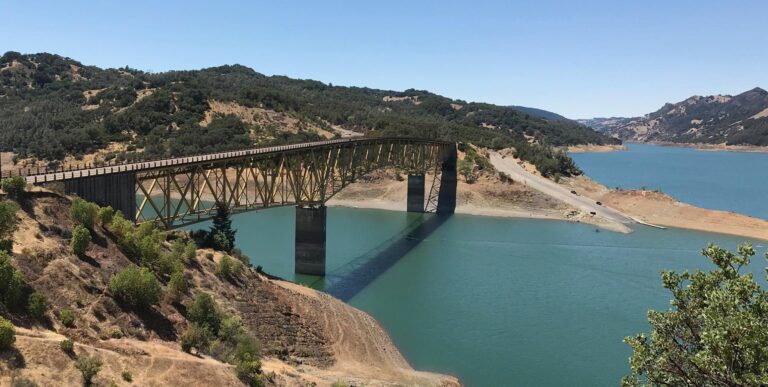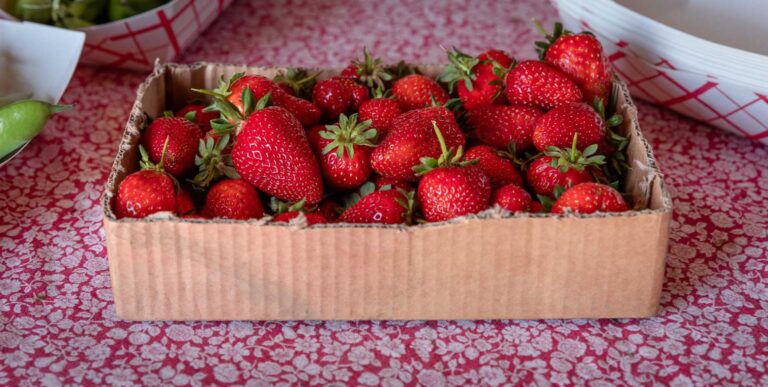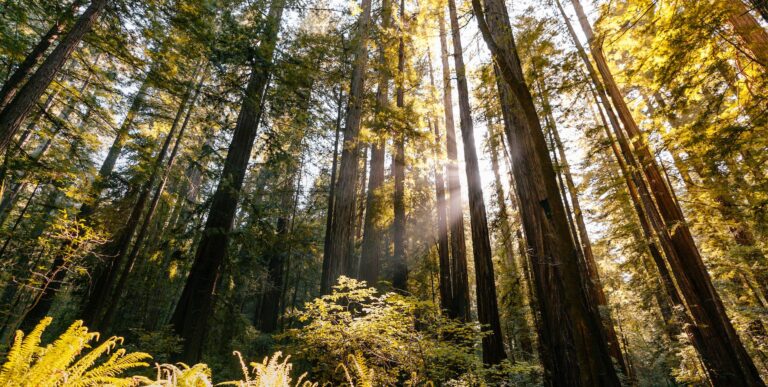Sustainability in Sonoma County: Carbon Neutral
Carbon neutrality is the act of releasing carbon dioxide into the atmosphere, but then offsetting those emissions through carbon sequestration efforts, which is important to limit the effects of climate change. Many Sonoma County farmers, land managers, businesses, and residents are working hard to achieve carbon neutrality here, and happily, visitors to Sonoma County can join in this pursuit.
Read on to learn more about carbon, its sequestration, and greenhouse gas emissions, as well as vital ways we can help improve our planet.
What is Carbon — And Why is It Important?
Carbon is a non-metal chemical element (symbol C) that can take forms that range from diamonds (the Earth’s hardest substance) to graphite (its softest).
Carbon bonds easily with other elements, such as hydrogen, nitrogen, and oxygen, and as a result, is found in all living organisms. One of the bonds in which carbon is found is carbon dioxide (CO2), a gas in Earth’s atmosphere that holds onto the energy the planet receives from the Sun. CO2 is the most important player in the carbon cycle.
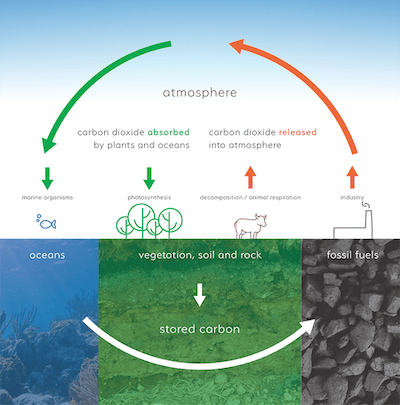
During photosynthesis, CO2 from the atmosphere is taken in by terrestrial and aquatic plants, which let go of oxygen but hold onto carbon. Carbon-rich plants are then ingested by humans and other creatures, and the carbon bonds with other elements in their bodies.
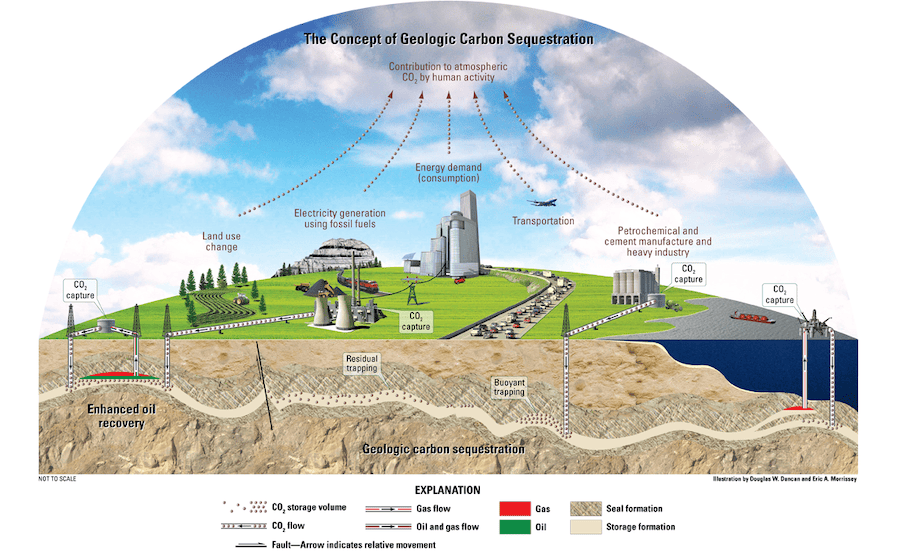
As all these living things decompose on the land and in the water, they contribute to carbon sequestration, the long-term storage of carbon in the soil, geological formations, forests, wetlands, and the ocean. Over hundreds and thousands of years, these reservoirs of carbon (known as carbon sinks) develop naturally into fossil fuels like coal, natural gas, and crude oil, which if left alone, keep the Earth warm by holding onto that Sun-derived heat.
Humans, though, don’t leave these carbon sinks alone — and that’s where climate change comes in.
Greenhouse Gas Emissions — And the Harm They Do
Humans mine all forms of carbon sinks for their fossil fuels, some of which (e.g., crude oil, natural gas, and coal) are burned for electricity, heat and transportation, as well as the creation of cement. Additional harm is done when forests are burned and land is cleared.
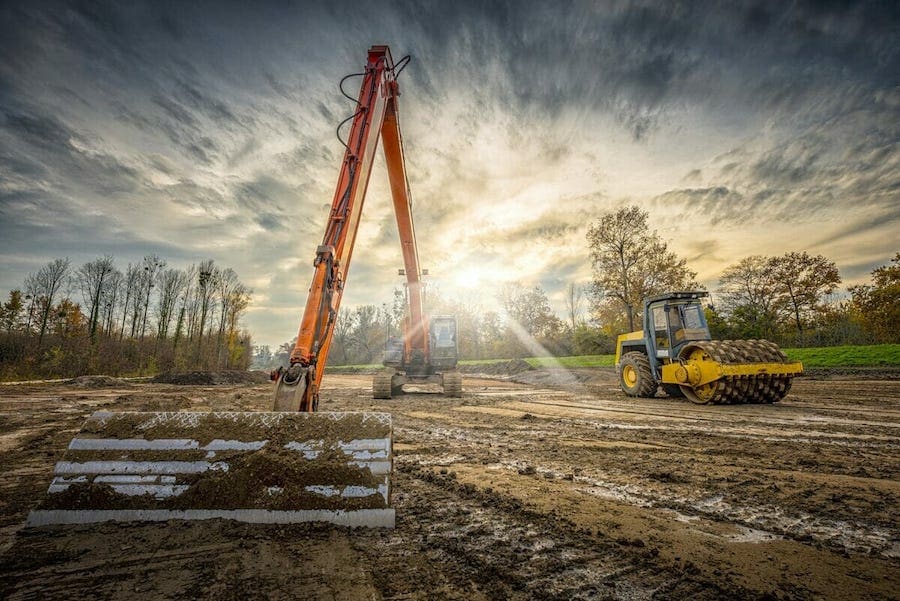
As a result of these human activities, carbon sinks release their carbon into the atmosphere in the form of CO2 — known as a greenhouse gas — in amounts that exceed what nature can handle. [Some other greenhouse gases are methane, water vapor, chlorofluorocarbons (CFCs), andsulfur dioxide (SO₂).]
Large-scale, human-caused releases of greenhouse gas — known as greenhouse gas emissions — are the most significant source of damage to the ozone layer of Earth’s atmosphere, which normally absorbs almost all ultraviolet light from the Sun’s rays. Thinning of the ozone layer caused by greenhouse gas emissions — known as the greenhouse effect — allows that ultraviolet light to enter our atmosphere, contributing enormously to climate change.
Sonoma Climate Mobilization Strategy
Here’s where Sonoma County’s pursuit of carbon neutrality enters the chat. Developed and adopted by the Regional Climate Protection Authority in March 2021, the Sonoma Climate Mobilization Strategy (SCMS) aims to reach carbon neutrality in Sonoma County by 2030.
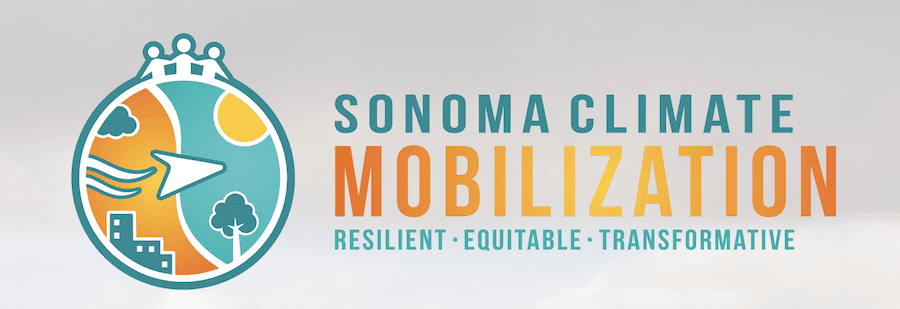
The SCMS is organized around four main initiatives:
- Decarbonization (reducing greenhouse gas emissions)
- Carbon sequestration (capturing and storing emissions)
- Resilience and adaptation (living with the impacts of climate change)
- Equity and engagement (ensuring the whole community is included)
Carbon Offsets for Businesses and Farmers
Businesses who are concerned about the greenhouse effect can invest in replenishing carbon sinks. Called carbon offsets, these investments allow companies to operate in good conscience, knowing their own CO2 (and possibly other greenhouse gas) emissions are balanced out.
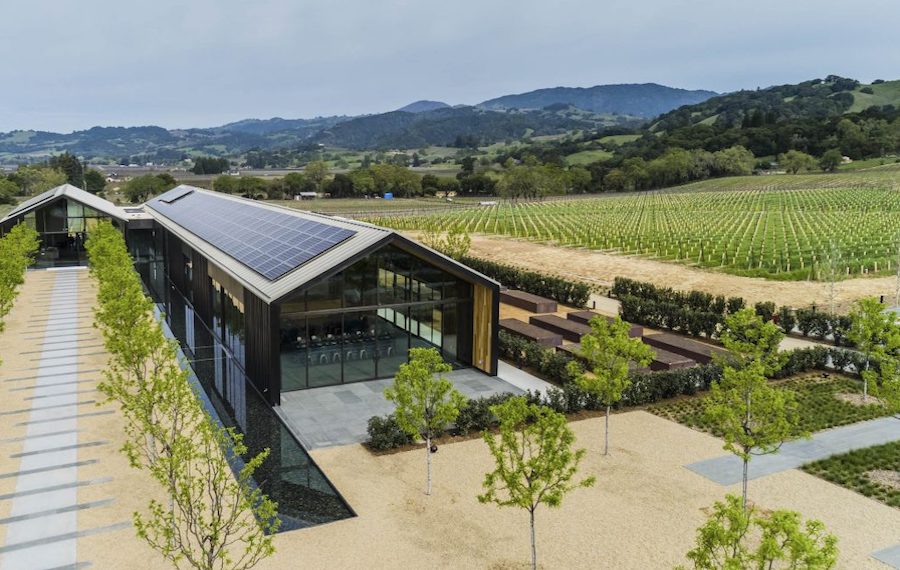
Many companies begin this process by cutting down their CO2 emissions as much as possible, as do Sonoma County’s green lodgings and eco-certified buildings with efforts at energy conservation, use of reclaimed and recycled materials, installation of self-insulating living roofs, and more.
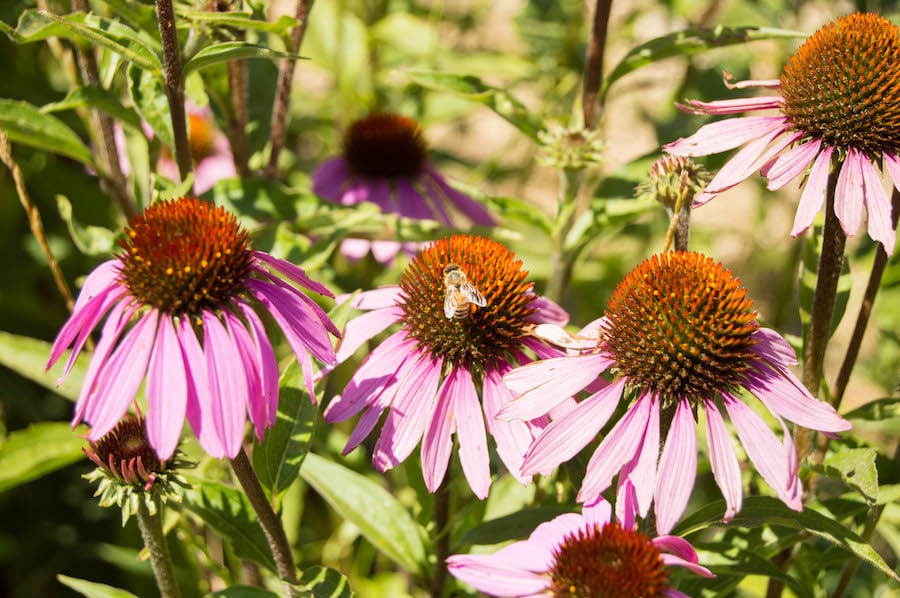
Sonoma County farmers also contribute to reversal of the greenhouse effect by focusing on organic, biodynamic, and sustainablefarming. These eco-friendly farming methods encourage an ecosystem of biodiversity, includingpollinators (e.g., bees, butterflies, and birds), as well soil web creatures like beneficial insects, earthworms, bacteria, fungi, etc., which nourish soil with carbon and CO2 throughout their various lifecycles. Farmers who practice these farming methods essentially invest in carbon offsets by creating and maintaining carbon sinks on their land.
Carbon Offsets and More for Travelers to Sonoma County
Travel by plane and gas-fueled car creates enormous amounts of greenhouse gas emissions, but travelers to Sonoma County can join in our county-wide effort to offset these emissions and curb climate change. Efforts include:

Flying to Sonoma County more sustainably. Our local Charles M. Schulz Sonoma County Airport (STS) in Santa Rosa is an airport member of The Good Traveler, the world’s first aviation-focused carbon offset program. STS guests can buy a carbon offset from The Good Traveler to go with their plane ticket from a sizable list of destinations, playing a direct role in funding regional projects that aim to reduce our national carbon footprint. These projects include growing living things to capture carbon, producing clean wind energy instead of coal-fired energy, and capturing methane from landfills.
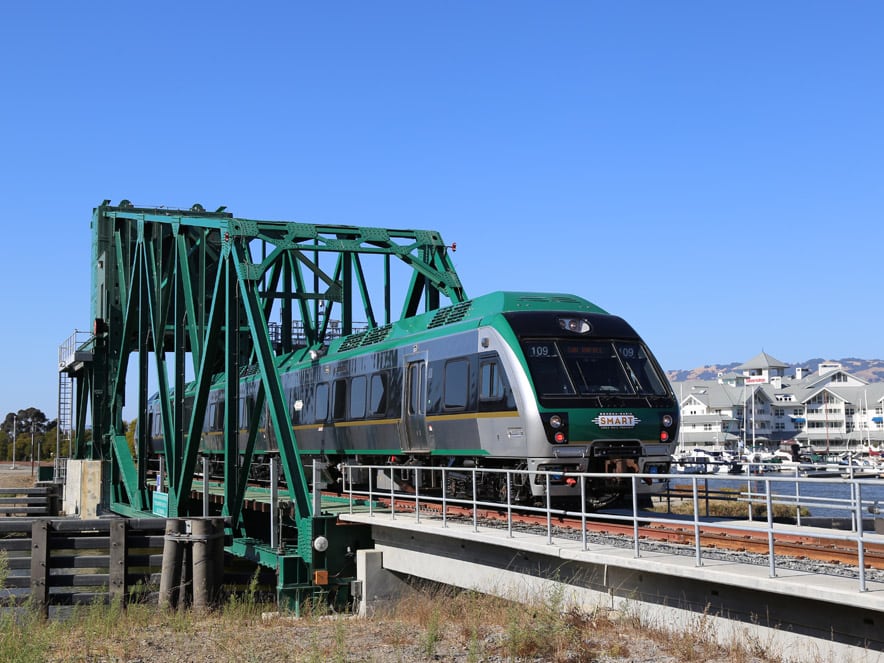
Taking the train and bringing a bike. Our Sonoma-Marin Area Rail Transit — commonly known as the SMART train — provides a convenient and easy way to explore large parts of Sonoma County by bike. Every two-car train can hold up to 24 bicycles, and all stations offer storage that includes bike racks and secured bike lockers. A pathway running next to or near SMART tracks stretches for 70 miles between Sonoma and Marin counties, becoming one of the nation’s longest bicycle/pedestrian pathways. See a map of the pathway’s progress.

Those travelers without bikes of their own can rent bikes here in Sonoma County, where trails in Santa Rosa, plus our stunning country backroads, regional parks, coastline, and vineyard regions are collectively known as a biker’s paradise.
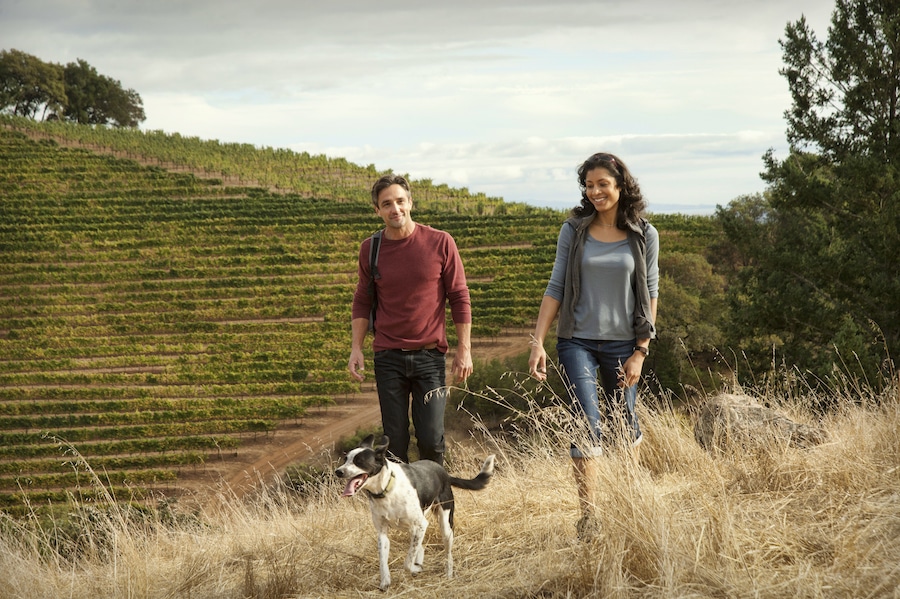
Another low-impact way to experience Sonoma County is by joining local walking and hiking tours. Travelers can join groups like Wine Country Trekking, Landpaths, Unbeaten Path and Coastwalk, or book a walking tour in Healdsburg and Sonoma. These guided tours are a great way to taste the flavors of Wine Country without putting miles on the road and carbon in the air.
Calculate Your Travel Carbon Footprint
Another way travelers can help offset the carbon emissions from their Sonoma County experience is to use the carbon calculator (see below) from Sonoma County Tourism partner Sustainable Travel International. After determining the carbon emissions from a trip here, travelers will have the option to easily purchase carbon offsets from Sustainable Travel International, meaningful climate projects that meet the most rigorous standards for carbon offsetting. Travelers will then be provided with a personalized certificate, verifying the amount of CO2 they’ve offset.
From everyone at Sonoma County Tourism, we thank our visitors for traveling green, and contributing to the vital work of global climate action!
Written by Melanie Wynne
THIS IS WINE COUNTRY.
Share your experience using #SonomaCounty or #LifeOpensUp
